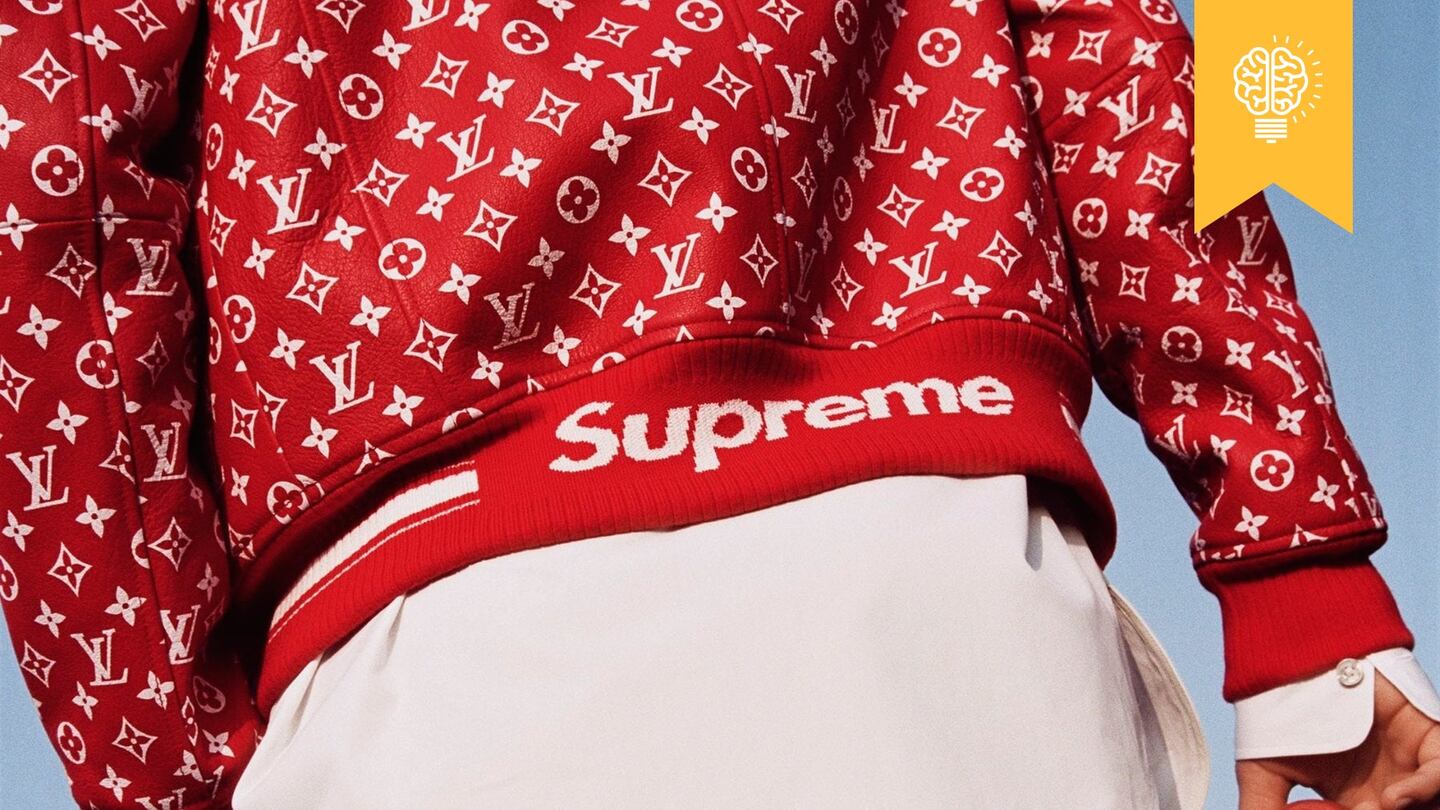
The Business of Fashion
Agenda-setting intelligence, analysis and advice for the global fashion community.

Agenda-setting intelligence, analysis and advice for the global fashion community.

LONDON, United Kingdom — Luxury demand is dynamic and not just in response to swings in fashion. Just a few years ago, the race to win "virgin" luxury consumers was in full swing, especially in China. But the wave has broken. Today, it is established consumers who are driving demand.
This poses a problem for luxury megabrands because established consumers already own all the luxury icons they need — their wardrobes are full of them. Today established consumers expect novelty and innovation if they are to part with their money. This holds true at a wide range of price points, certainly for megabrands like Louis Vuitton and Gucci, but also at the high end, as the issues at Bottega Veneta and Chanel illustrate. Indeed, for all luxury brands the challenge is to innovate.
The urgency of the situation is reflected in the rapid turnover within creative departments. Creative directors, like most artists, tend to develop variations on a theme. In time their hand becomes recognisable, overly so, and new styles and designers are needed to retain existing customers and attract new ones.
Overly fast turnover of creative directors may be a sign that a brand is struggling to find its way forward. But stasis may be a harbinger of fading relevance.
ADVERTISEMENT
Amid this turmoil, I detect the emergence of three kinds of responses to the growing newness imperative: the make-or-break, full-blast rush, the incremental approach, and what I call the "capsule" approach.
Just a few years ago, the race to win 'virgin' luxury consumers was in full swing. Today, it is established consumers who are driving demand.
The first is the boldest and, when it works, the most successful. It is also the riskiest. It is a new broom sweeping out the past to make way for a completely new aesthetic. Kering's successes with Gucci and Saint Laurent are brilliant examples of the potential of the make-or-break route. But failure can be ugly, and costly, as seen in the case of Justin O'Shea at Brioni. Repeated failure can have potentially devastating consequences, including brand dilution.
The incremental route is the safest. But the results can easily get lost in the melee of brands scrabbling for attention. I see Prada on this road; the company has chosen to maintain the icons at the core of the brand while trying to evolve its aesthetics incrementally. For example, the evolution of its once-blockbuster Saffiano bag has been gradual — new colours, new patterns, new materials, but the same basic idea. The trouble is this approach can easily be overlooked or judged too shy by consumers. Just look at Bottega Veneta, whose introduction of slightly different colours and slightly different shapes for its wonderful — but déjà vu — "intrecciato" handbags has so far proved insufficient to reignite interest.
The capsule approach is an intelligent mix of the first two. It harnesses the wild innovation of a make-or-break charge, but confines it to carefully targeted parts of a collection, while the rest of the offering evolves along an incremental path. Louis Vuitton is the exemplar of this strategy.
Five or six years ago, consumer interest for Vuitton was fading. However, a mix of incremental innovation in its core offering and bold innovation in "capsule" collections has brought the brand back to centre stage. Vuitton has launched high-end products like its Capucines, and added new product lines such as Lockme and Montaigne. But on the fringe, the brand has unleashed "in-your-face" innovation through third-party collaborations for its 150th anniversary (which saw partnerships with the likes of Karl Lagerfeld, Christian Louboutin and Cindy Sherman), its recent menswear tie-up with Supreme, and its Jeff Koons "masters collection."
With no major cohort of "virgin" consumers on the horizon, I expect the luxury goods market to become more and more difficult, making the newness imperative one of the most important challenges for brands which will have no choice but to carefully navigate between the Scylla of irrelevance and the Charybdis of brand trivialisation.
Luca Solca is the head of luxury goods at BNP Exane Paribas.
Related Articles:
[ The Truth About HandbagsOpens in new window ]
[ Op-Ed | New Activist Investors at Burberry Should Push For Creative OverhaulOpens in new window ]
The guidance was issued as the French group released first-quarter sales that confirmed forecasts for a slowdown. Weak demand in China and poor performance at flagship Gucci are weighing on the group.
Consumers face less, not more, choice if handbag brands can't scale up to compete with LVMH, argues Andrea Felsted.
As the French luxury group attempts to get back on track, investors, former insiders and industry observers say the group needs a far more drastic overhaul than it has planned, reports Bloomberg.
After growing the brand’s annual sales to nearly €2.5 billion, the star designer has been locked in a thorny contract negotiation with owner LVMH that could lead to his exit, sources say. BoF breaks down what Slimane brought to Celine and what his departure could mean.